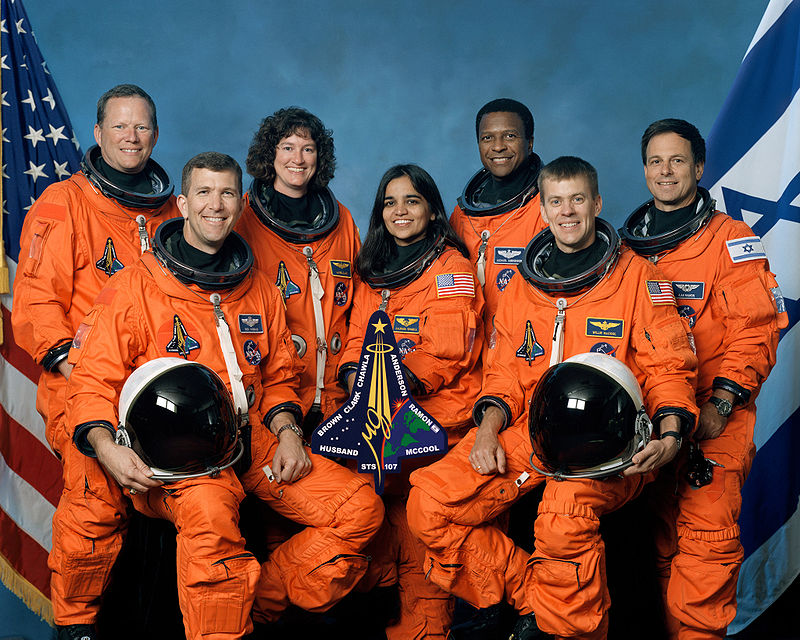Part One of Two Parts
On January 16, 2003, the space shuttle Columbia was launched into Earth orbit from the Kennedy Space Center in Florida. During the launch, a piece of insulating foam tore loose from the external fuel tank and smashed into the leading edge of the Columbia's left wing. The foam strike was revealed after the Columbia was in orbit and the film of the launch was examined. Foam strikes had happened before and Mission Control decided not to have images of the wing taken to examine for damage.
It turned out that at least one of the critical reinforced carbon heat shield tiles had been shattered by the foam. This resulted in a large hole being torn in the ceramic material of the wing. Sixteen days later the Challenger completed its mission and, on February 1st, 2003, the Columbia descended from orbit. During re-entry, superheated gas poured though the hole in the left wing and the Columbia began to disintegrate. Contact with the Columbia was lost at Mission Control and they realized that the shuttle had been destroyed. Seven astronauts lost their lives when the Columbia was torn apart.
The Columbia Accident Investigation Board (CAIB) was created by Congress and charged with the responsibility of finding out what had caused the disaster. In August of 2003, the CAIB completed its investigation and issued its report. It was concluded that while the direct cause of the disaster was the damage to the wing by the foam, the management structure and practices of NASA were ultimately to blame. An obsession with reaching critical milestones and a failure to communication between different departments contributed to the loss of the Columbia. Shuttle managers lost their jobs or were reassigned. The other three functional shuttles of the U.S. fleet were grounded.
One of the universal tendencies of human beings is to look back on the past events and ask "Could something have been done differently to lead to a better outcome?" The Columbia disaster was no exception. In the CAIB report, the question was raised about what might have been done differently that could have prevented the disaster. A section of the report with the title "STS-107 In-Flight Options Assessment" deals with what might have been done.
A second shuttle was being prepared for a mission as the Columbia was launched. Two weeks of additional work on the Atlantis space shuttle were required before it would be ready to fly. If the damage to the wing of the Columbia had been assessed as a threat to the survival of reentry shortly after the launch, the Atlantis might have been prepared for launch in time to rescue the crew of the Columbia.
One limiting factor in the time available to rescue the Columbia crew involved the atmosphere of the craft. The carbon dioxide exhaled by the crew had to be scrubbed from the air. Lithium hydroxide (LIOH) capsules are used to absorb carbon dioxide in the craft. The Columbia had sixty nine LIOH capsule onboard. It was estimated that with periods of inactivity and some discomfort, the capsule use might be stretched to thirty days. There was sufficient oxygen to exceed the thirty day carbon dioxide limit if power use in the Columbia was reduces. Food, fuel and propellant could all be conserved and last past the thirty day carbon dioxide deadline.
On the ground, a grueling twenty four hour seven days a week schedule would have had to be implemented to carry out accelerated preparation to launch the Atlantis. Everything would have to be done much more quickly than usual and there would be no time to redo anything. Shuttles can carry from five to seven crew but the return flight would have to carry the seven members of the Columbia crew. At least four crew members would be required for the rescue mission. Two to fly the shuttle and two to carry out the Extra Vehicular Activity (EVA) necessary to move the crew of the Columbia to the Atlantis. Two weeks of intensive training would be necessary for the two veteran astronauts selected for the EVA.
Please read Part Two.
Crew of the Columbia:
